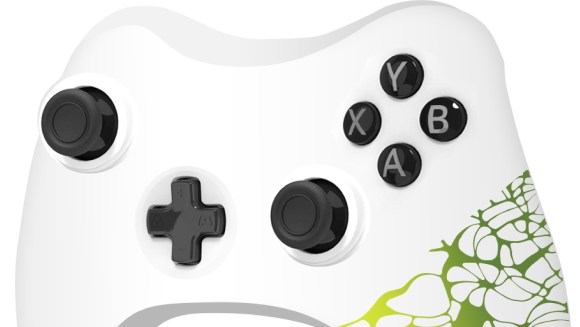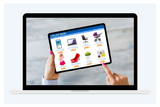
People are deeply connected to what they create themselves. They see extra value in what they’ve done, they are invested in it emotionally, and they want to share what they’ve done with their friends. All of this makes sense, but it has also been empirically demonstrated in experiments by Dan Ariely, Professor of Psychology and Behavioral Economics at Duke University. Ariely calls this the “IKEA effect” and points out that consumers will pay a much higher premium for customized items. Ariely wrote, “Initially, this desire to customize seems to be about preferences — we choose red over purple because we like red more. But the reality is that customization has additional benefits. By choosing red, we make the product a little more our own. The more effort we put into the design, the more likely we are to enjoy the end product.”
The Paradox of Choice
However, the flip side to the IKEA effect is known as the Paradox of Choice. In a classic study that highlighted this, two groups of shoppers were offered samples of jam. One group choose from 24 sample jam flavors while the second group chose from just six. In the end, customers bought 10 times more jam after sampling from the table with just six choices. Less choice meant more sales. Why? Because too many choices makes it too difficult to decide.
The Golden Rule
All of this leads to the Golden Rule of Customization: Your customers want customization, but you must give them the right amount of flexibility based on what you know about them. A host of psychological studies have shown that 7 plus or minus 2 is the optimal number of items that people can keep in their short term memory. More options are possible if you break them down into categories. Customers require just the right number of options to allow the greatest number of users to get closest to “exactly what they want.” Too many options overwhelm them and they grow frustrated by the customization process, so you must learn to adjust your customization to fit your customers.
Personalization vs. Customization
Before delving further into this topic, it is important to review the difference between personalization and customization. People tend to use these terms interchangeably, but there are distinct differences. Personalization is the process of adding personal information like names, messages or photos to items so they are completely individual. Note that this is very different from the term “personalization” used by adaptive web designers for software that serves up different types of content based on user profile data. Customization is the process of allowing users to collaborate on design elements like colors, materials, features, unit configurations and related manufacturing options.
Best Practices
The best customization solutions emerge from a deep understanding of your customers. If you are building something for graphic designers, perhaps all they need is an image uploader. For most users, manipulating text and layered graphics is too frustrating. If text is in the wrong position or is at the wrong relative size, they will just click away. Give users a set of attractive starting designs that they can customize with a few clicks, the fewer the better. In addition, think carefully about what you want users to do in your call to action (CTA). Is “Add to Cart” the end goal, or do you want your site to be a destination where users gather to make designs and share them on social media? This can improve metrics like overall traffic, monthly active users, original traffic sources and conversions.
Doogma’s Customization Experts
When you’re ready to boost engagement through customization, we recommend starting with a few products. We often find that during the initial phases, new insights are discovered about how your users interact with the products and user experience can be fine-tuned over time. As these products sell more and better engage users, it is then time to expand and add more product pages. The experts at Doogma have built thousands of online product customizers. We invite you to schedule a call with a member of the Doogma team and discuss how to present the right customization experience for your customers.




